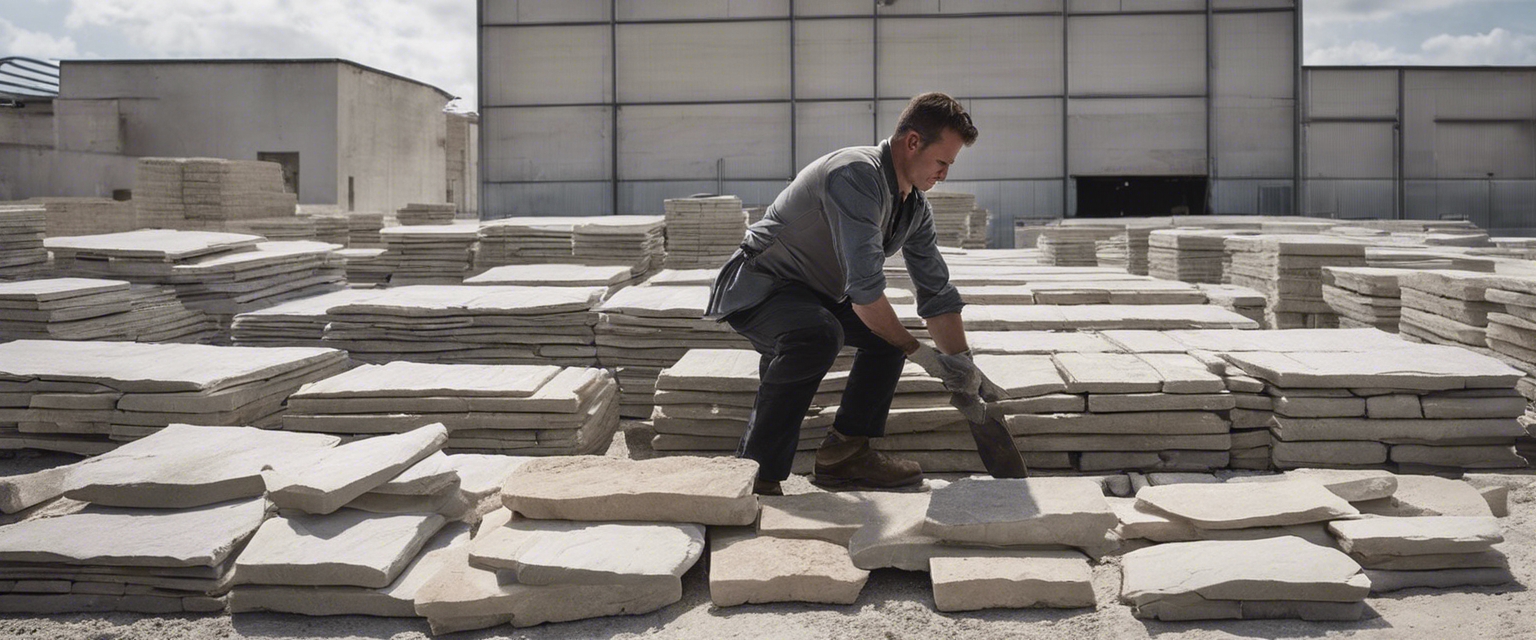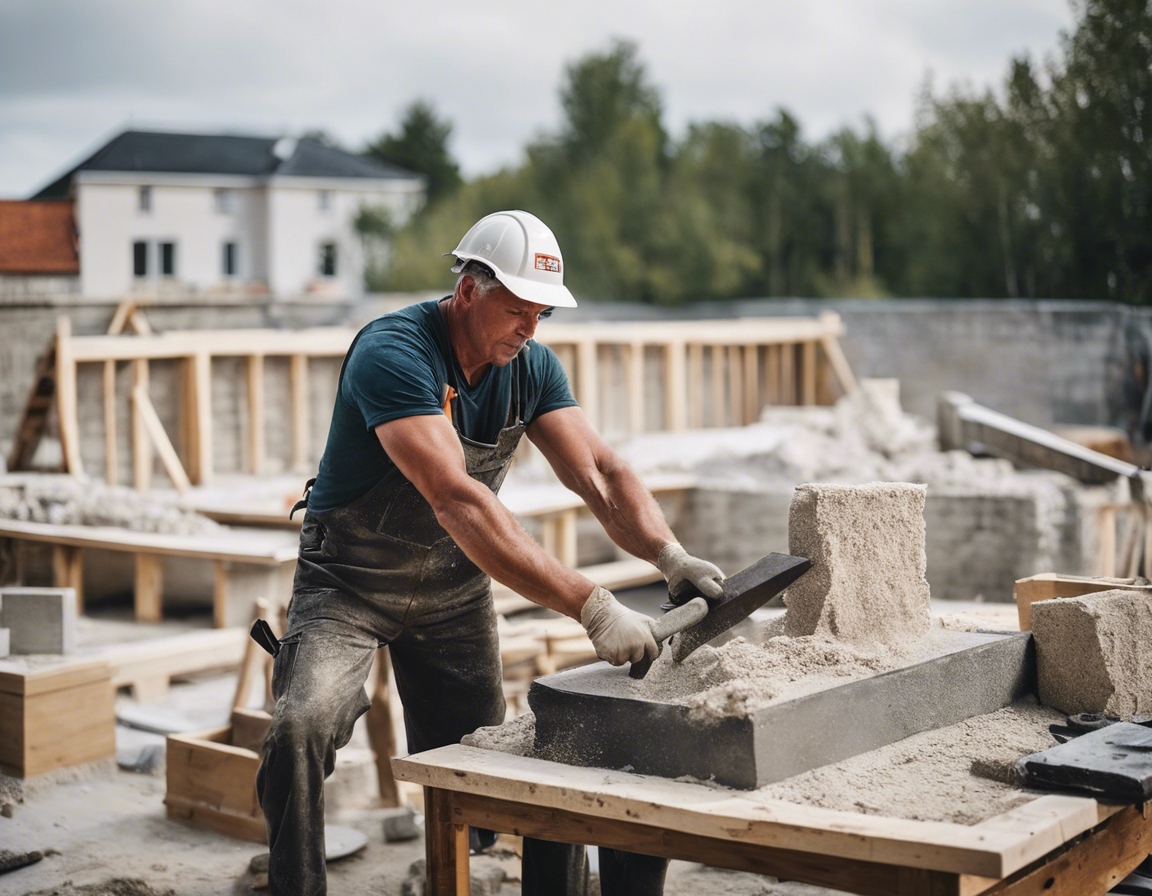Fire safety in construction: what you need to know
Fire safety is a critical aspect of construction that ensures the protection of lives, property, and investments. It involves the implementation of practices and installation of systems designed to prevent the outbreak of fire, limit its spread, and facilitate safe evacuation during emergencies.
Construction sites are inherently risky when it comes to fire hazards. With the presence of combustible materials, heavy machinery, and various activities that can generate sparks or heat, it is essential to have stringent fire safety measures in place.
Understanding Fire Risks in Construction
Fires on construction sites can be caused by a variety of factors, including electrical malfunctions, hot work (such as welding), improper storage of flammable materials, and negligence. Identifying these risks is the first step in preventing potential disasters.
Some construction materials and practices pose higher fire risks than others. For example, the use of highly flammable insulation or temporary heating devices can significantly increase the likelihood of a fire breaking out.
Fire Safety Regulations and Standards
There are various international standards that provide guidelines for fire safety in construction. These include the International Building Code (IBC) and the National Fire Protection Association (NFPA) codes and standards, which offer comprehensive measures for fire prevention and safety.
In Estonia, fire safety in construction is governed by national regulations that align with EU directives. These regulations are designed to ensure that buildings are constructed and maintained in a manner that minimizes fire risks and maximizes safety for occupants.
Best Practices for Fire Safety in Construction
Effective fire safety management involves developing a fire safety plan that includes risk assessments, safety protocols, and coordination with local fire departments. This plan should be regularly reviewed and updated throughout the construction process.
Using fire-resistant materials and employing construction techniques that enhance fire safety are crucial. Materials such as fire-retardant treated wood, fire-resistant drywall, and intumescent coatings can significantly reduce fire risks.
Equipping construction sites with the right fire safety equipment, such as fire extinguishers, fire alarms, and sprinkler systems, is essential. Regular maintenance and inspections ensure that these tools are always ready for use in case of an emergency.
Training and Preparedness
Construction workers should undergo comprehensive fire safety training to understand the risks and learn how to respond effectively in case of a fire. This includes training on the use of fire safety equipment and evacuation procedures.
Having a well-defined emergency response plan is vital. This plan should outline the steps to be taken in the event of a fire, including evacuation routes, assembly points, and communication strategies.
Fire Safety Considerations for Different Types of Buildings
Fire safety considerations for residential buildings include the installation of smoke detectors, fire-resistant doors, and ensuring that escape routes are clear and accessible.
Commercial and industrial buildings have their own set of fire safety challenges. These often involve complex fire detection and suppression systems, as well as specialized training for staff.
Technological Advances in Fire Safety
Advancements in technology have led to the development of smart fire safety solutions, such as wireless smoke detectors and automated fire suppression systems, which provide enhanced protection and real-time monitoring.
The construction industry continues to innovate with new fire-resistant materials that offer better protection and are more environmentally friendly. These innovations are crucial for building safer structures that meet the demands of modern construction.








Kommentaarid (0)